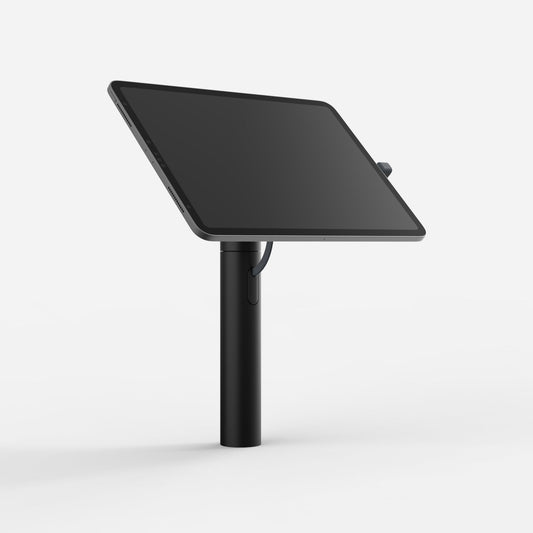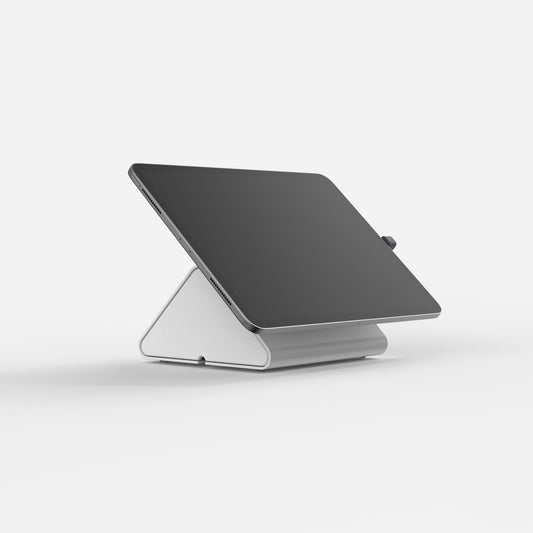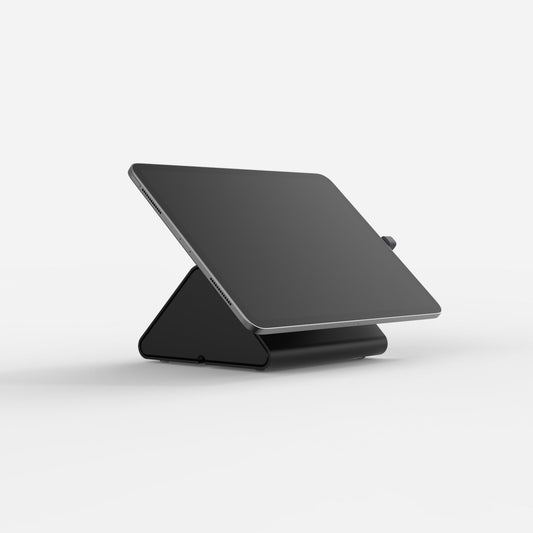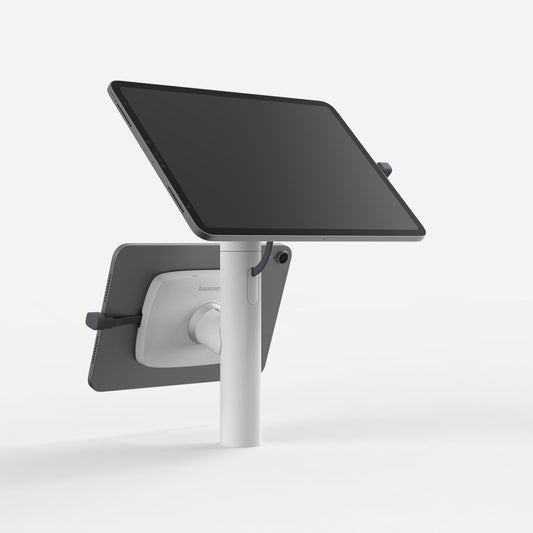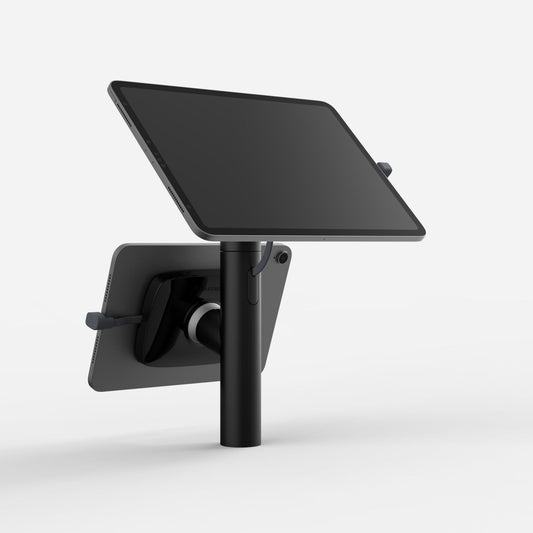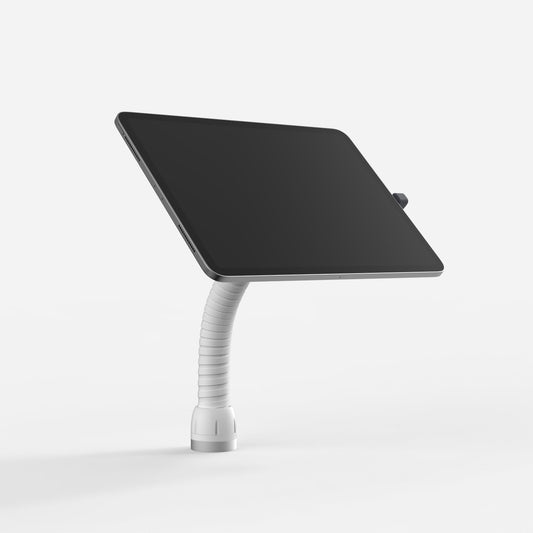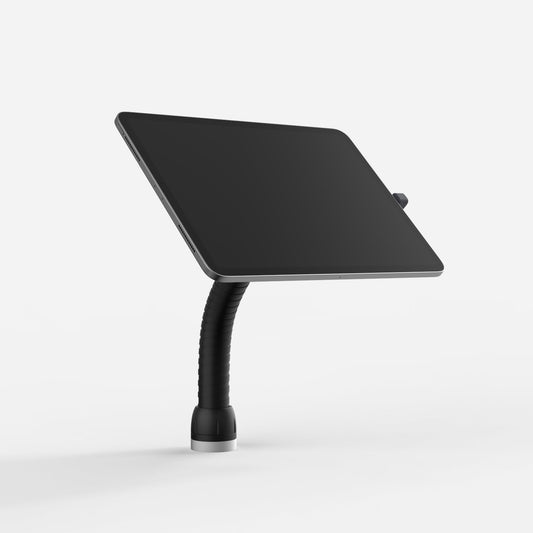What if your next product was 50% lighter, 30% stronger, and 100% recyclable—without adding costs?
Although it may sound like a pipedream, that future might not be too far away.
With smarter, adaptive, sustainable materials already hitting the market or under development, industrial designers will soon be able to make better products with less.
In this article, we’ll look at the most ground-shaking innovations in industrial materials and how they’re likely to shape the products we use.
The Era of Ultra-Lightweight Materials
Ultra-lightweight materials have the potential to make everything – planes, cars, electronics – lighter and stronger. Here are some of the most interesting materials to emerge in recent years.
-
Graphene-carbon fiber hybrids: These combine the incredible strength of graphene (roughly 200 times stronger than steel) with carbon fiber’s lightweight durability. This leads to composites that are both tough and light as a feather. They also enhance electrical and thermal conductivity, which opens doors to innovations in electronics and energy storage.
-
Aerogels: Often called “frozen smoke,” aerogels have incredible insulation properties and extremely low density. They’re highly porous, making them excellent for thermal insulation (used in space suits and buildings), oil spill cleanup, and even drug delivery systems. Despite being mostly air, they’re surprisingly strong and efficient at blocking heat, making them a game-changer in aerospace, construction, and environmental applications.
-
Metal foams: Lightweight, porous materials made by injecting gas into molten metal, creating a structure that’s strong yet incredibly light. They’re highly energy-absorbing, making them perfect for crash protection in cars, lightweight aerospace components, and fire-resistant panels.
Cost is still a hurdle, especially for graphene-based materials, but prices are dropping as production scales up. 3D printing and AI-driven material optimization are also making them easier to manufacture. With that in mind, these materials are likely to go mainstream pretty soon, probably within the next few years.
In 2025, OSG announced plans to apply graphene-based propeller coatings on seven tankers, signaling industrial interest. Additionally, LG Electronics launched new TONE Free Wireless Earbuds incorporating 'pure graphene', reflecting integration into consumer electronics.
More Adaptive Smart Materials
Although it might sound like the stuff of sci-fi, smart materials are able to heal themselves or change shape to adapt to different conditions. Yes, really!
We’re talking materials like self-healing polymers – plastics that can repair scratches and cracks. Imagine a phone screen that fixes itself overnight or car paint that covers over dings by itself.
Some use microcapsules filled with liquid resin, which means when the surface is damaged, the capsules break and fill the crack. Others rearrange their molecular structure when exposed to light, heat, or pressure. They’re already being tested in electronics and coatings.
Electroactive polymers are exciting too, as they can change shape, stiffness, or texture when an electric charge is applied. We might soon see soft robots, artificial muscles, and haptic feedback in devices, such as a tablet case that changes texture for grip, or furniture that reshapes itself for comfort.
Then there are bacteria-based self-healing concretes that release limestone when exposed to water. The potential maintenance savings on bridge, road, and building repairs could be huge.
In terms of metals, shape-memory alloys can bend, stretch, or deform, but once you apply heat, they snap back to their original shape. These are ideal for medical implants, aerospace, textiles, and other items like those bendable glasses frames that never break.
A 100% Recyclable Future?
Biodegradable Plastics: PLA and PHA
Both bioplastics, PLA and PHA are widely considered as potential replacements for petroleum-based plastics.
PLA (Polylactic Acid) is made from corn starch or sugarcane and is fully compostable at high temperatures (136.4°F and above). This makes it more eco-friendly than conventional plastic, but doesn’t degrade well in natural environments.
PHA (Polyhydroxyalkanoate) is made by microorganisms through fermentation (often canola oil) and breaks down naturally in soil, water, and even just in open air, e.g. on the roadside, without leaving microplastics. It’s ideal for single-use packaging.
Mycelium-Based Materials
Mycelium is the root structure of fungi, but is emerging as a lightweight, biodegradable, and fire-resistant alternative to traditional building materials. Combining mycelium with agricultural waste forms durable bricks, panels, and insulation with a low carbon footprint and minimal energy consumption.
With buildings responsible for 39% of global CO₂ emissions, switching to low-impact materials like mycelium could help cut waste and emissions in construction.
Recycled and Upcycled Composites
New reclaiming methods are making it easier to recover carbon fiber without damaging its structure. Instead of shredding it into weak filler material, companies are finding ways to extract long fibers, so it keeps its strength.
This means that carbon fiber waste from the aerospace and automotive industries can now be recycled or upcycled into sports gear, automotive parts, furniture, casing for electronic goods, and lightweight composite panels.
The recycling of ocean plastics is another exciting development, as they can be used for all kinds of consumer goods, from hard plastics to textiles. Companies like Adidas and Patagonia are already using recovered plastic from the ocean to make sneakers, jackets, and bags.
Scalability, cost, and consistency are still problematic, as virgin plastic is still cheaper and easier to process, but as demand grows and mass manufacturing and recycling tech improves, that’s likely to change.
Next-Gen Manufacturing – Doing More with Less
Manufacturing is getting smarter with AI, digital twins, bioengineering, and 3D (and 4D) printing.
The AI Revolution
Instead of designers testing hundreds of materials manually, AI analyses the performance and cost of an industrial design in minutes. AI helps engineers pick the best materials by simultaneously running stress, thermal analysis, and impact resistance simulations, then analysing mechanical properties, life cycle impact, and real-world failure data.
AI models can accurately predict how a product will perform under different conditions, such as heat, pressure, humidity, fatigue cycles, which will save a lot of time and materials. AI-driven finite element analysis (FEA) is another very powerful tool, as it can optimise designs for strength or durability, while reducing material mass.
Digital Twins – Perfecting Designs Before Manufacturing Starts
Digital twins take AI-driven design to the next level. These virtual replicas of physical products, materials, or even entire factories allow engineers to test and refine designs in a realistic digital environment before a single prototype is built.
-
Real-time Simulations: Simulate how a product behaves under real-world stress and environmental conditions. This helps fine-tune safety and durability.
-
Manufacturing Optimization: Detect inefficiencies, predict maintenance issues, and optimise production lines before making real-world changes.
-
Sustainable Design: Reduces physical prototyping and cuts down on waste, cost, and emissions.
Bioengineering – Growing the Future of Manufacturing
Nature-inspired materials and bioengineered production methods are changing how we manufacture. Rather than relying solely on synthetic materials, bioengineering allows us to grow, regenerate, and self-assemble materials, leading to stronger, more adaptable, and more sustainable solutions.
Engineered proteins and biomaterials are being used to 3D-print medical implants, bio-scaffolds, and even synthetic leather, eliminating the need for petroleum-based plastics. As bioengineering advances, manufacturing will shift from extraction to cultivation, helping to minimise environmental impact.
An Exciting Future for Industrial Design Materials
The materials we use define the future of industrial design. At the moment, there’s a big shift towards lighter, stronger, recyclable, bioengineered materials.
We’re moving out of the theoretical realm and into reality.
These innovations will change how products are made, used, and reused, over the coming years.
At Bouncepad, we’re always exploring new lightweight, yet strong materials for our tablet and iPad stands, so watch this space for future developments. Check out our range of tablet stands here.



